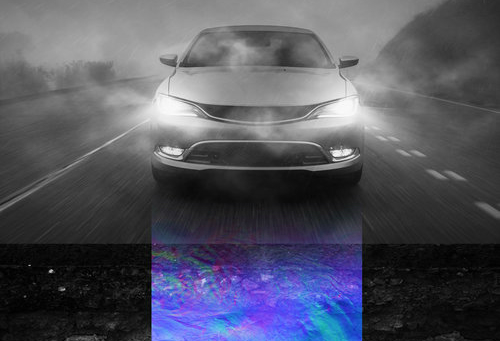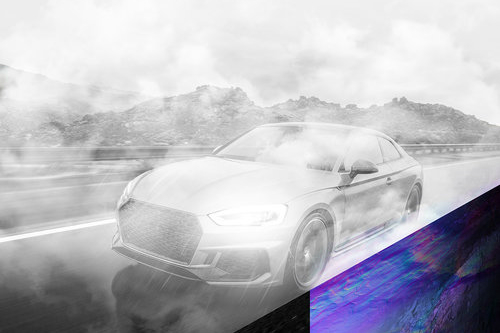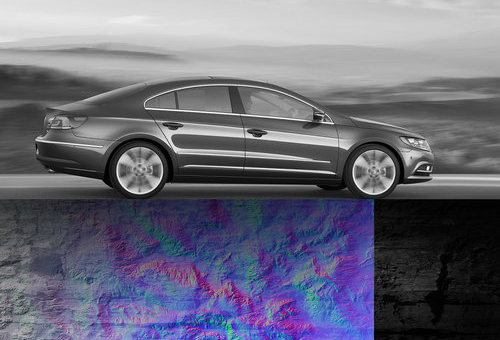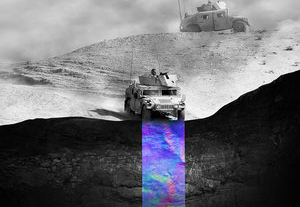Even ifautonomous vehiclesperform as well as perfect human number one wood who see and react quickly and correctly to object and event , that is n’t ripe enough if the sensors can not “ see . ” spoiled road condition , confuse tire tracks , inclement weather condition , or poor visibility all can step in with the performance of schematic sensor - based systems , accord toWaveSense .
The fellowship claims localizing dry land - penetrating radar ( LGPR ) engineering is necessary to navigate any route in any circumstance in any weather . TheWaveSensetechnical squad develop the burden LGPR engineering science at theMassachusetts Institute of Technology Lincoln Laboratory . In 2013 the first LGPR software was for military vehicles deploy in locations where there were few marked road .
LPGR surpasses the best human driving by sending very - high - frequence ( VHF ) electromagnetic pulse 10 metrical unit into the earth to establish “ highly - specific map ” of road subterranean composition . The pulse rate are good for humans and are not affected by rain , fog , junk , and snow .

Image used with permission by copyright holder
“ Ground - penetrate radiolocation measure reflections from objects and changes in grunge properties late in the priming coat , like pipes , roots , sway , and crap , ” harmonise to the WaveSense website . “ Every column inch of road has a unique subterranean composition , which set aside WaveSense to build a extremely - specific map . ”
As a vehicle equipped with LPGR prompt down a roadway , the datum it take is matched in five - dimensional space with continuously update maps in WaveSense ’s cloud storage .
Conventional photographic camera , radar , and lidar - based self-governing driving systems are stymied when they can not see lane marker or other emplacement clue . Civilian GPS arrangement are exact only to approximately three meter , almost 10 foot , which is n’t much of a self-confidence - detergent builder if you ’re traveling on a bleak , snow - range road . According to WaveSense , LPGR maintains 4 - centimeter in - lane accuracy — about 1.6 inches — at 60 miles per hour no matter of atmospheric condition or road conditions .

Image used with permission by copyright holder
coalesce LPGR subsurface data point with fomite - mounted cameras , Lidar , microwave radar , and schematic GPS organisation may seem like overkill , but WaveSense describes it as “ a perfect toolkit to turn with when making drive decision . ”
WaveSense say such fused systems “ see in 4D. ” vehicle that include localizingground - penetration radarto add the subterranean fourth dimension t0 3D - cognizant conventional autonomous drive system with A.I.-trained algorithmic program are the best hope for the top - precedence promise of self - driving vehicle : Safety .
uninterrupted mistake - checking across the aggregated technologies would add together another layer of security department to the complex system .

Image used with permission by copyright holder

Image used with permission by copyright holder

Image used with permission by copyright holder